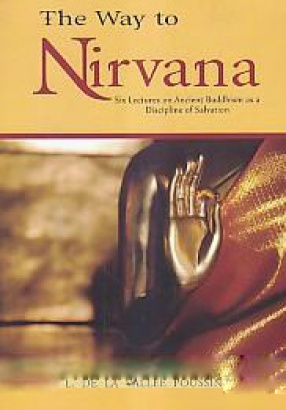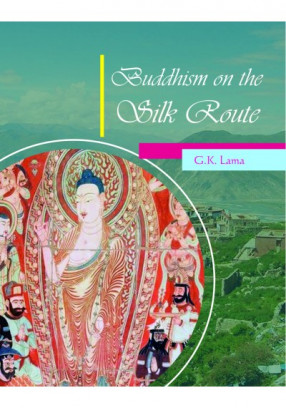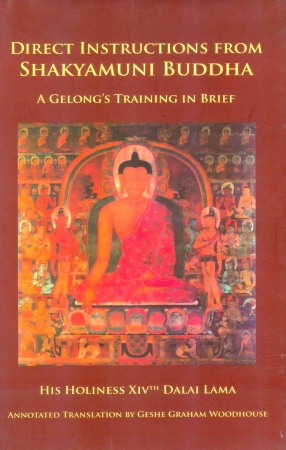The Way To Nirvana: Six Lectures on Ancient Buddhism as a Discipline of Salvation
Buddhism preaches no dogma it teaches practice. It is not so much concerned with its goal-the mysterious and unascertainable Nirvana as with the path i.e. sanctity.
Obviously Buddhism orginates from observance a clear cut perception of the fact that men are suffering from actual pains which are to be healed at once, that they are poisoned with desire which prepares for them sufferings therefore desire is to be crushed.
The book deals with the means of salvation. It contains Six chapters, Ch.I discusses Indian disciplines of salvation with particular reference to Buddhism as a discipline of salvation in contrast with Buddhism as a religion. Ch II explains Buddhism as a form of rationalism or as a discipline which aims at the deliverance of men from the bondage of action his cessation of rebirth and end of misery. Chs. III-IV define action, its good and bad results, its cosmogonic and theogonic powers and the way of destroying action which ultimately leads to the path of Nirvana- a stage of nothingness beyond sorrows and pleasures. Ch V outlines difficulties in ascertaing the nature of deliverance gives etymology and meaning of the word "Nirvana" expounds the state of "Anninhilation" and describes unqualified deliverance. It concludes with the scholstic view on the conflicting statesments in the scriptures. Ch VI propounds some general principles of Buddhism the observance of which qualifies the aspirant to treat the path of Nirvana. Among the manifold ways mentioned in this book he is advised to follow the middle way between asceticism and laxity, receive training in Budhist truth and practice meditations.
Get it now and save 10%
BECOME A MEMBER








Bibliographic information